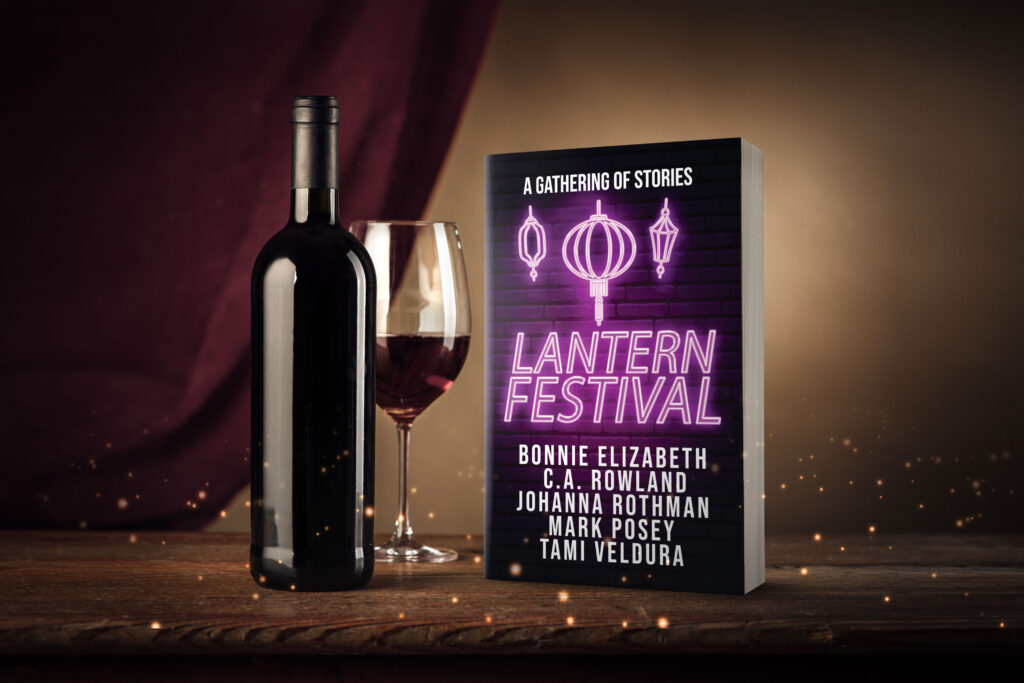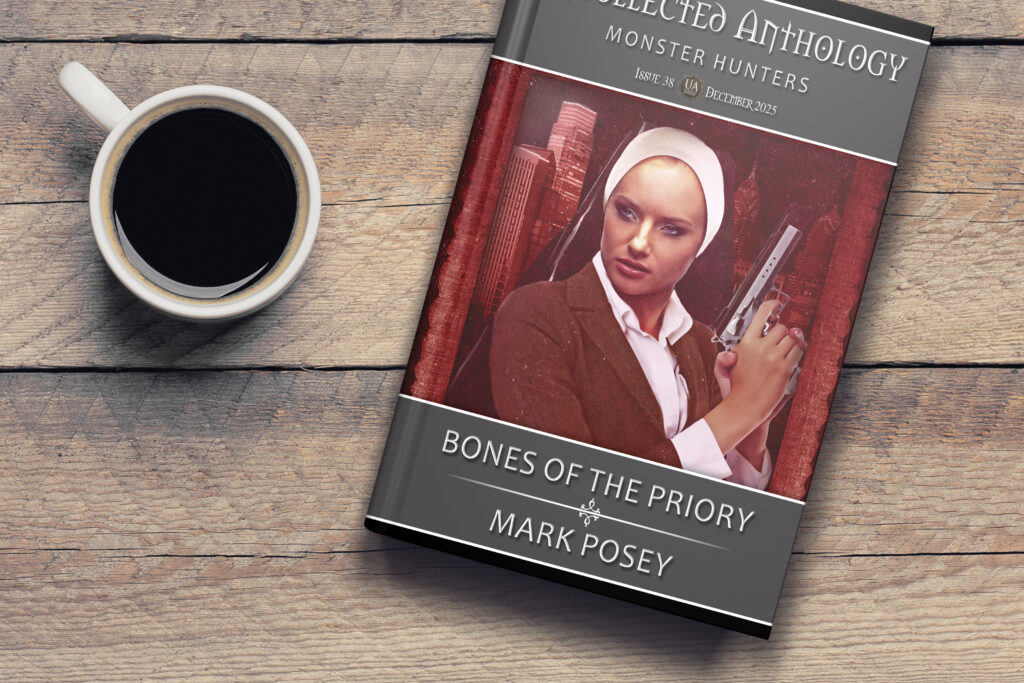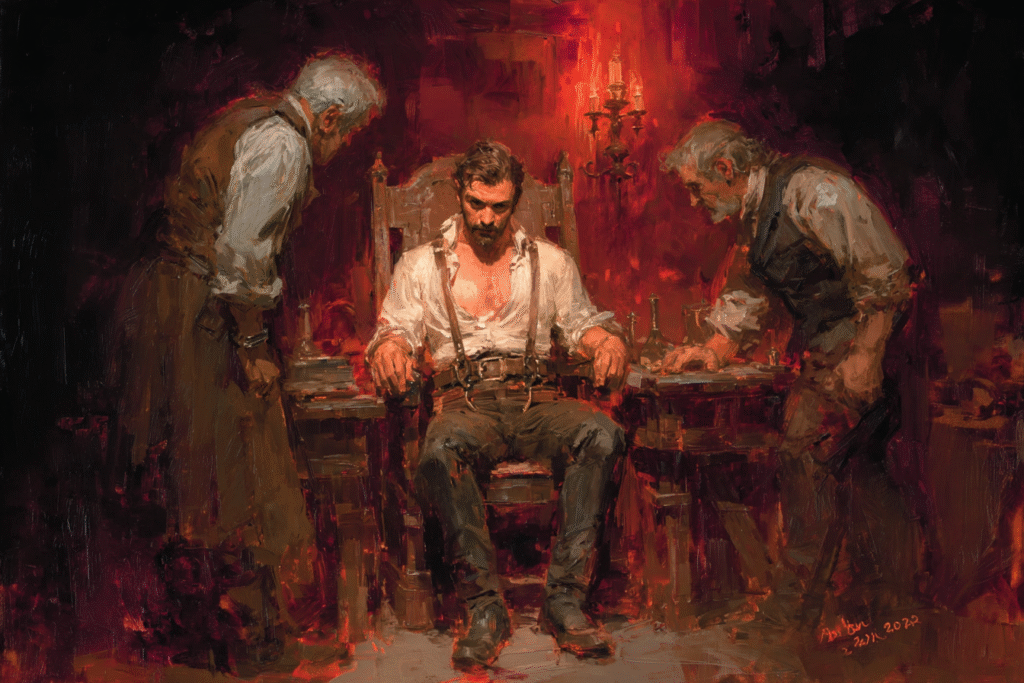Release Day! I’ve Joined the Uncollected Anthology—And Sister Jacobine Has Opinions
Mark Posey joins the long-running Uncollected Anthology with Bones of the Priory, a dark, atmospheric Sister Jacobine story in the new Monster Hunters issue. Jacobine returns to the ruins of her childhood nunnery expecting quiet reflection—but what she finds is her immortal sister Margaret, and a confrontation centuries in the making.











